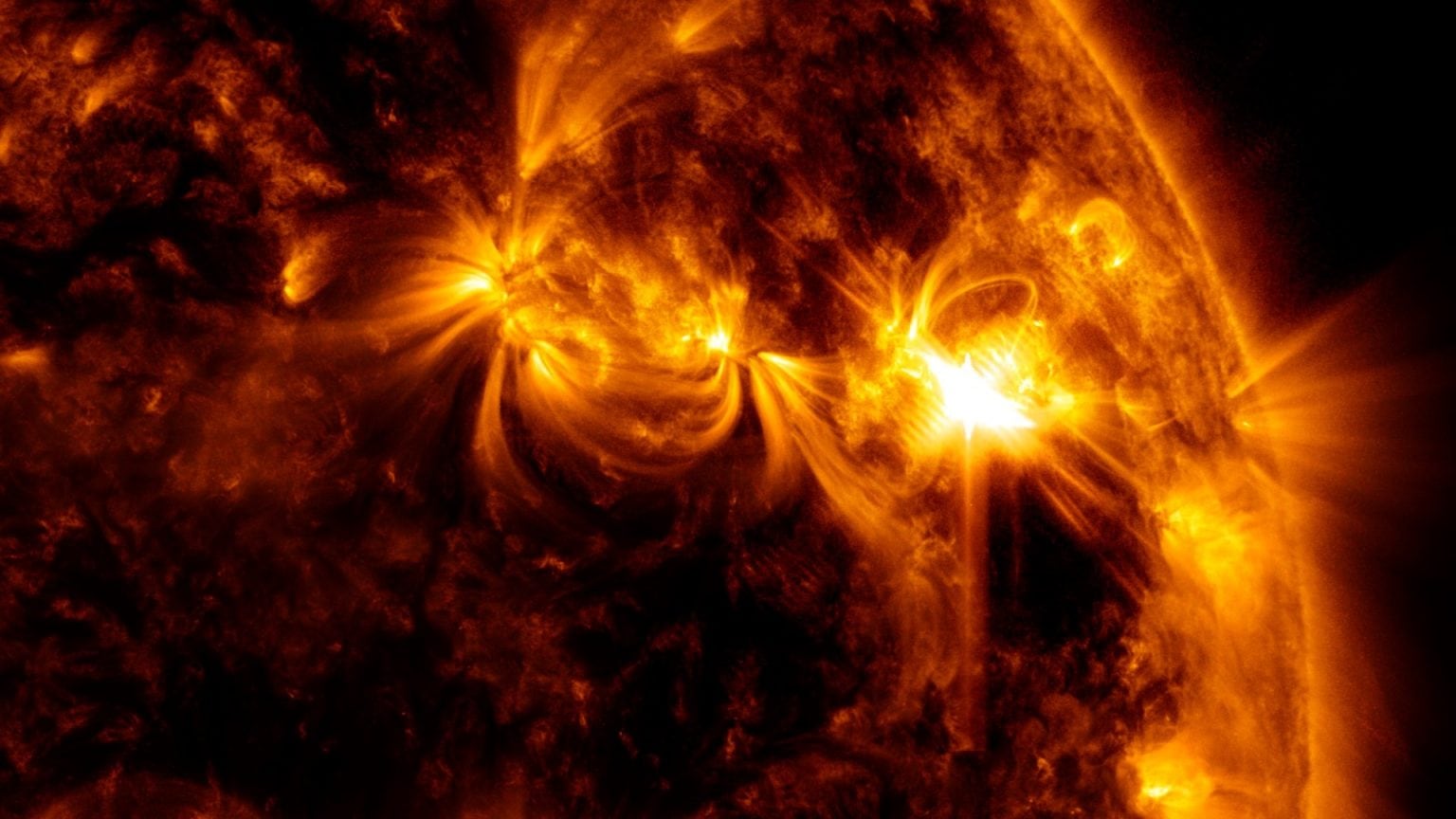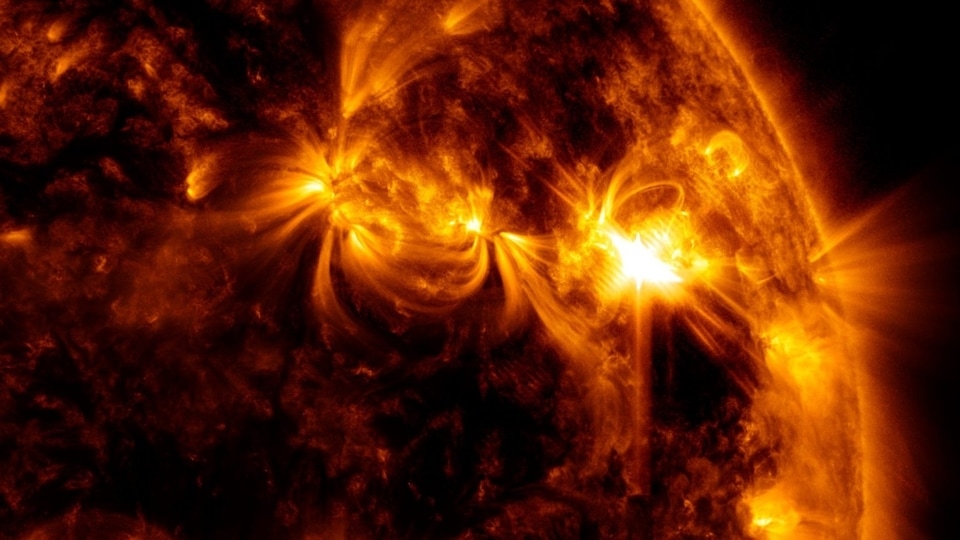M-Class solar flare may spark geomagnetic storm soon! Check what NASA reported
NASA’s Solar Dynamics Observatory (SDO) has observed a huge sunspot on the surface of the Sun turning towards Earth which has the capacity to release M- class solar flares that have the potential to spark a geomagnetic storms.









First Published Date: 21 Nov, 20:40 IST
Tags:
geomagnetic storms
NEXT ARTICLE BEGINS



























